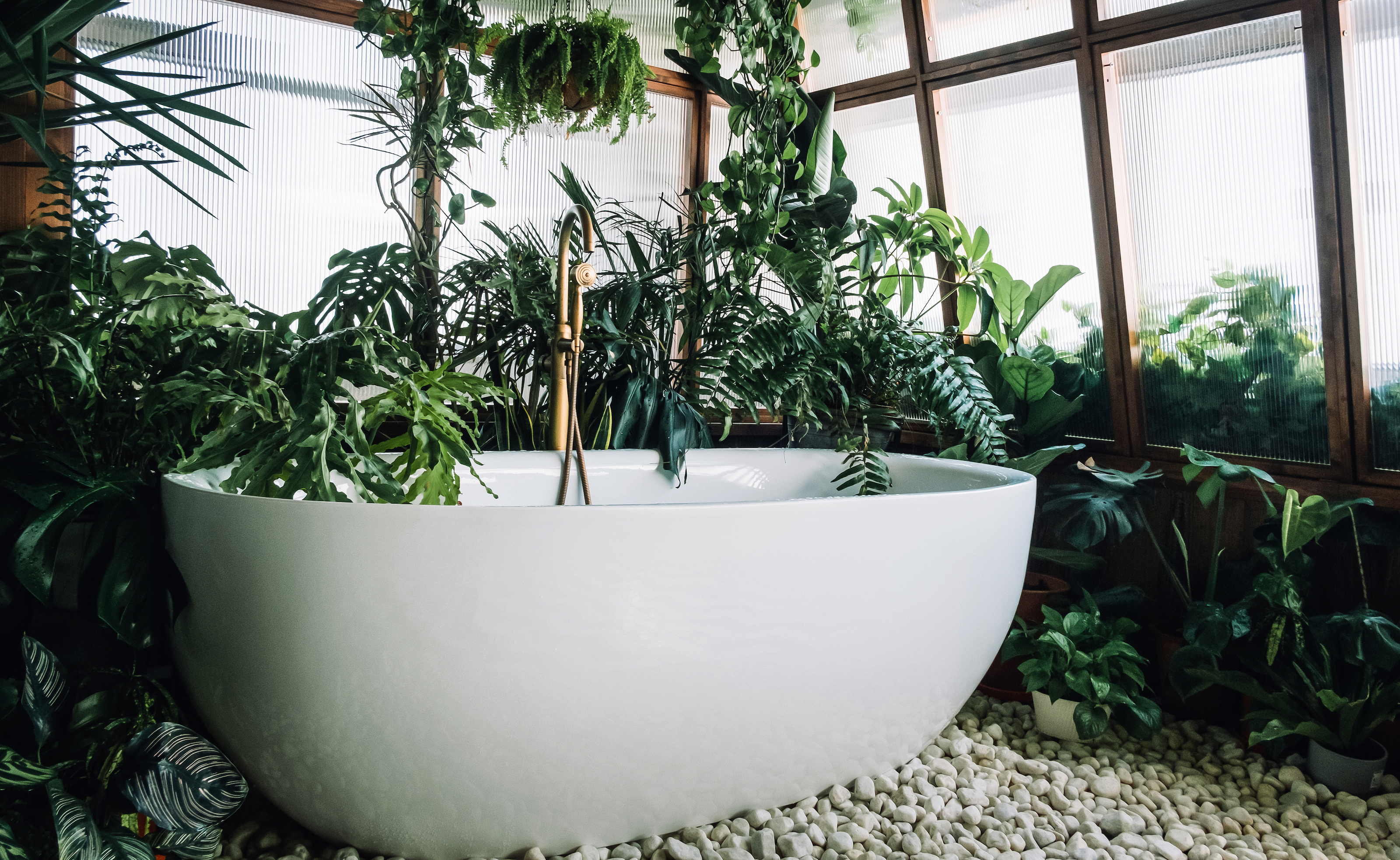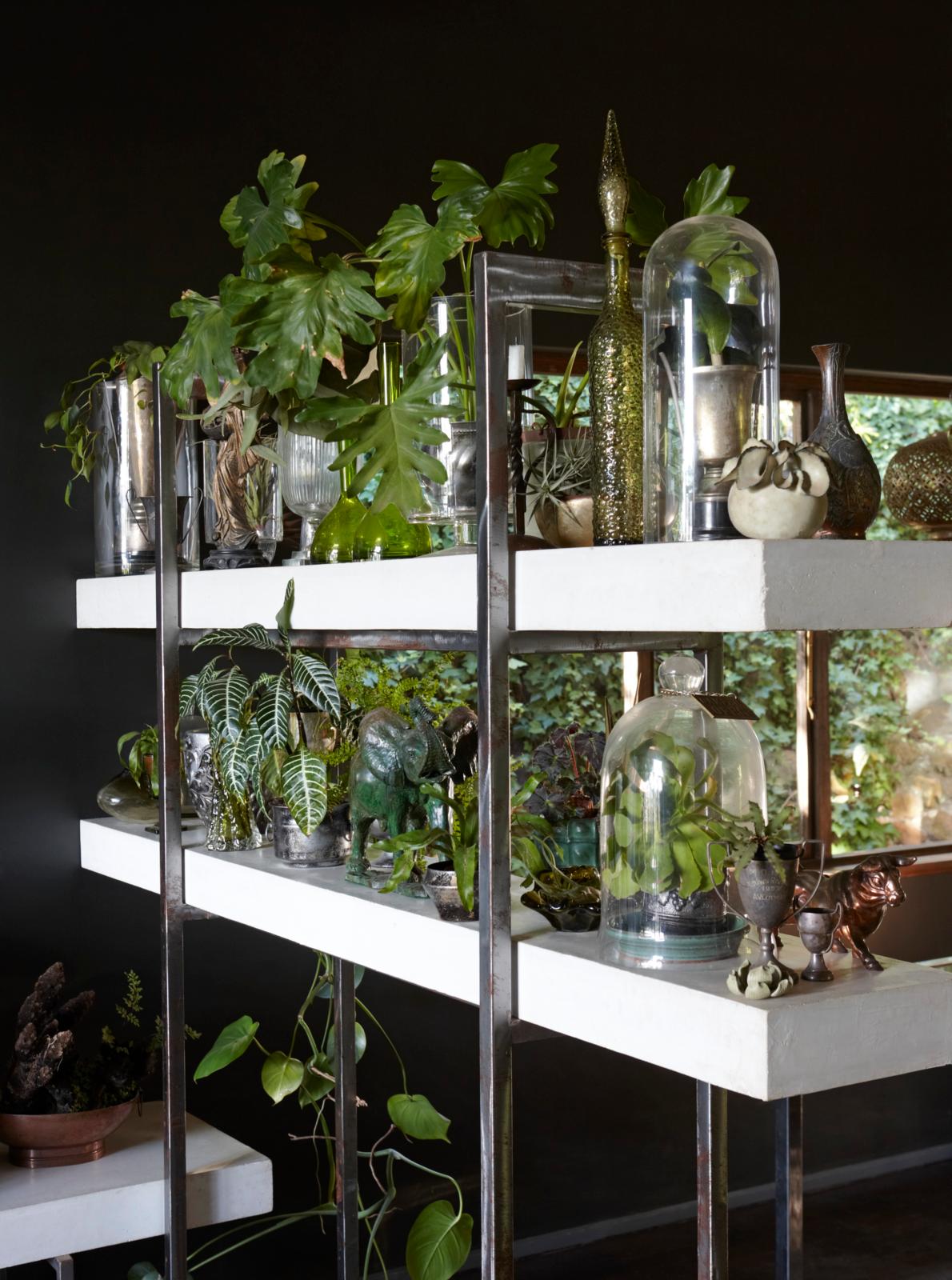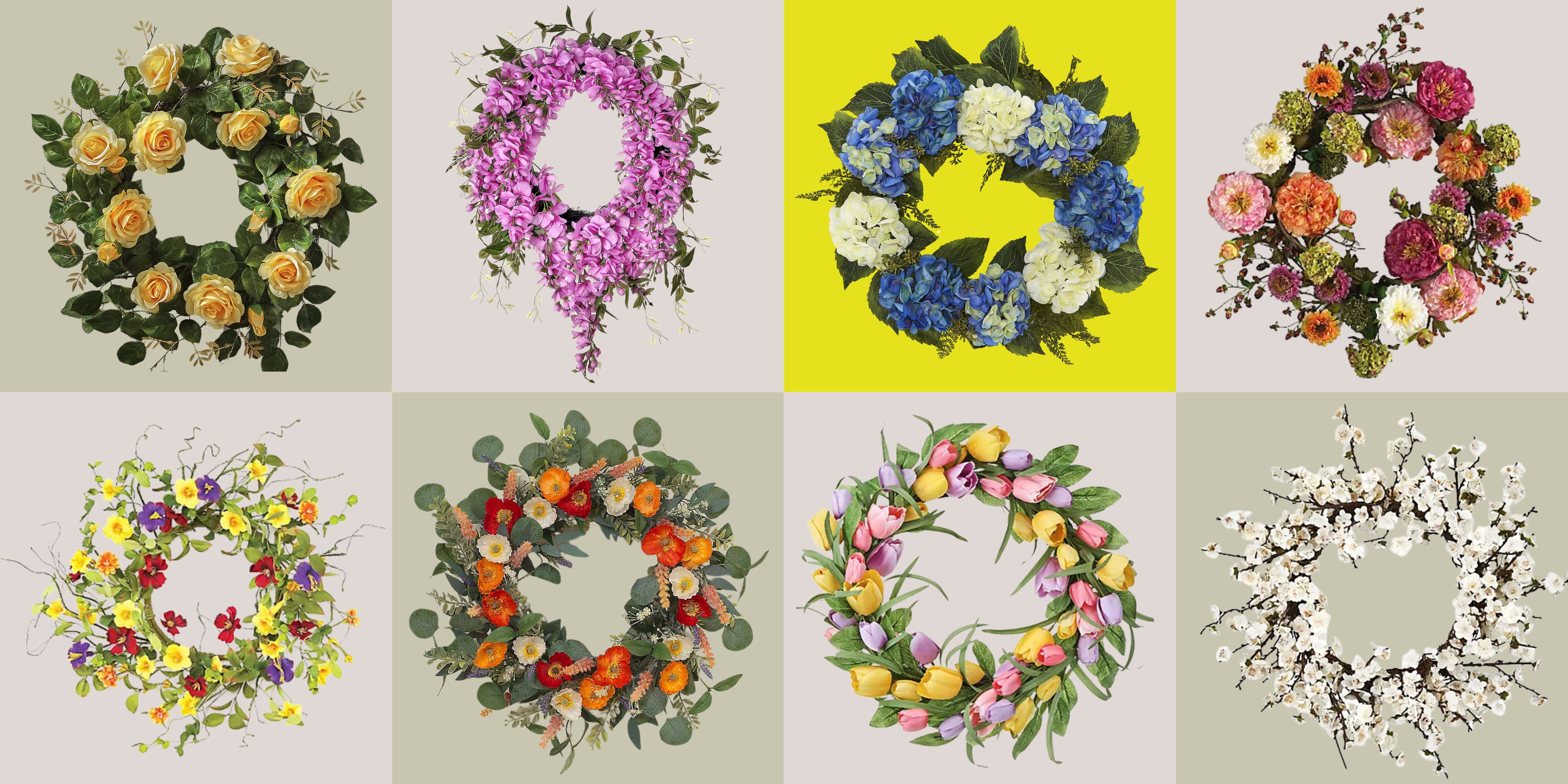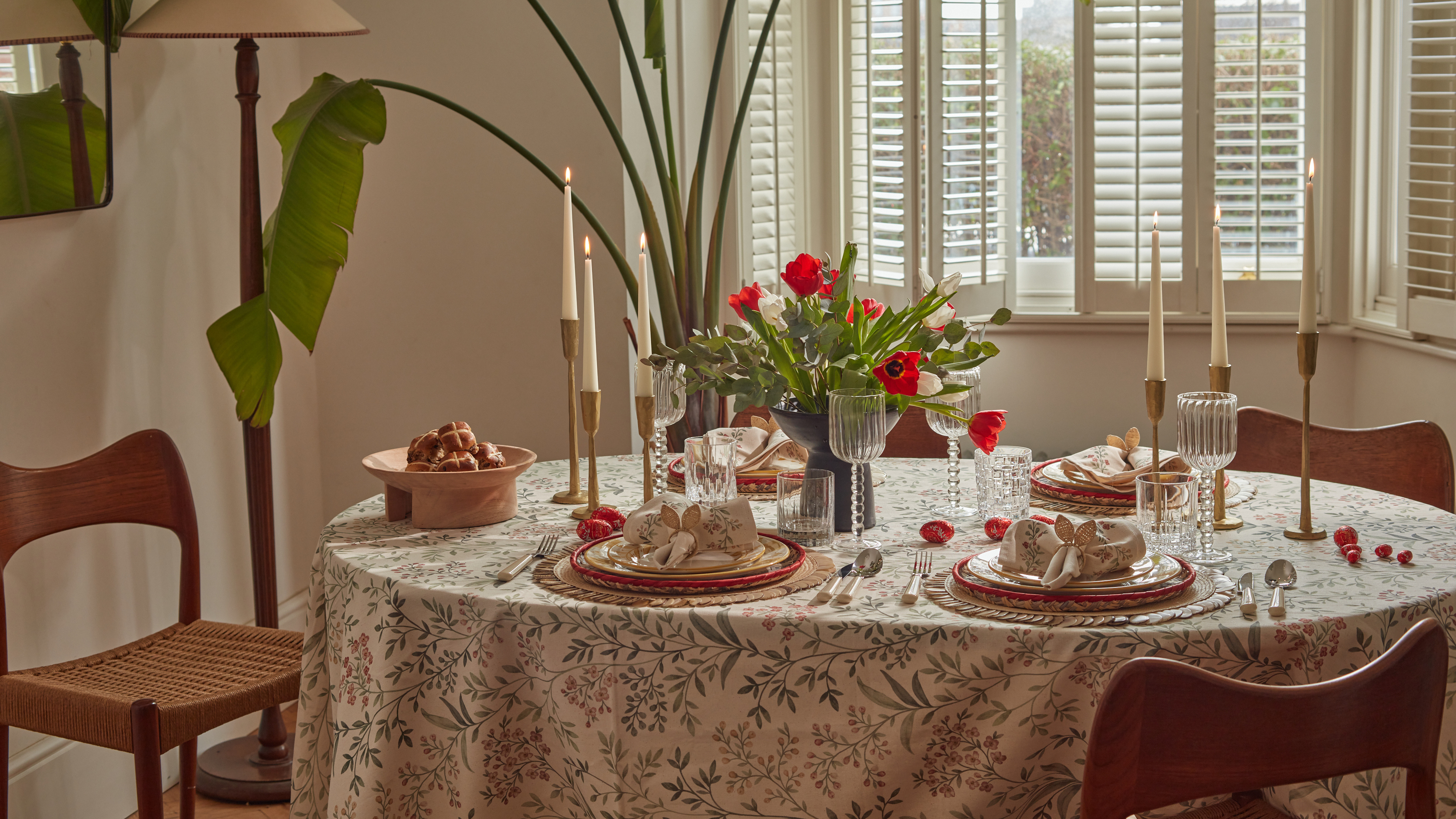It's a simple and inexpensive trick and will make your houseplants so much happier - how to get the humidity level right
Simple ways to create a rain forest effect for indoor plants to thrive

Many of our favorite house-plants originate from humid rain forests and tropical parts of the world. Once uprooted and transplanted into our homes, recreating a plant's native conditions, as much as possible, is key to its survival. So knowing how to get the right humidity level for your house-plants can help them thrive.
Yet how do you give your indoor garden a rain forest effect in a condo or urban apartment? It's easier than it sounds according to the houseplant guru and author of Grow in the Dark, Lisa Eldred Steinkopf.
'Our homes in the winter can feel like the Sahara Desert to both our skin and our plants,' says Lisa. 'Most houseplants hail from tropical regions of the world, where humidity levels are as much as 80 to 90 percent.
'In our heated or air conditioned homes, however, humidity could be as low as 20 percent. Plants do better when they have sufficient humidity.'
Lisa Eldred Steinkopf is The Houseplant Guru, who features all things houseplants on her blog, thehouseplantguru.com. She is the author of Bloom, Houseplants and Grow in the Dark and has written for HGTVgardens.com, Real Simple magazine, Michigan Gardener Magazine, the houseplant section of Allan Armitage’s Greatest Perennials and Annuals app, and Michigan Gardening Magazine, where she writes a monthly column. She worked for more than a decade at Steinkopf Nursery as the Annuals and Houseplants Manager. She harbors well over 1,000 houseplants in her home.
How to get the right humidity level for your houseplants
'Humidity is water vapor in the air,' continues Lisa. 'The air can hold more water at higher temperatures. Around 35% humidity and under is low in a home, 35-70% is medium and 70% or higher is high.
'However, every plant needs a different level. Plants that grow in arid places won’t need as much humidity as plants that grow in rainforests.'

Serious growers may turn to humidifiers to increase moisture in the air. This will allow more control as you can keep the humidifier on for a set number of hours. But if you don't want 'plant paraphernalia' cluttering up your home what can you do?
'Many people turn to a handheld mister, yet a mister only temporarily raises the humidity,' continues Lisa. 'Misters can also leave excess water on the leaves, which can contribute to the conditions needed for a disease to begin.
'Adding a humidifier to your furnace or plant area would be ideal. If that isn’t possible, group your plants together to raise the humidity around them. You can also raise the humidity by placing your plants on a pebble tray.'
This humidifier on Amazon is currently on sale.

'Use a saucer larger than the one your plant is standing on and fill it with small pebbles. Add water to the saucer so that it just comes to the top of the pebbles, then set your plant saucer and pot on top.
'You can set the pot directly on the pebbles as long as the plant is not standing in water. As the water evaporates from the pebbles, it will rise into the air around the plant, adding humidity. Keep the pebble saucer filled with water for best results.'
To assess whether the humidity levels in your home are suitable for your plants, first consider where they originate from. In addition, plants with thinner leaves such as Maidenhair ferns generally prefer higher humidity than thicker-leaved plants. It's also worth checking them for signs of too little or too much humidity.
'A plant that needs more humidity may show signs of leaf curl or brown patches,' says Lisa. 'Also flower buds don’t open or flowers fade faster. It could also have smaller new leaves, drop leaves, and not look as healthy as it should.
'At the other end of the spectrum, plants with too much humidity can suffer from powdery mildew or botrytis, both of which will kill your plants if not taken care of.'
Monitoring your plant's health should be sufficient, but if your home is prone to fluctuations, you can always invest in a humidity meter, like this one for just $10 on Amazon.
Be The First To Know
The Livingetc newsletters are your inside source for what’s shaping interiors now - and what’s next. Discover trend forecasts, smart style ideas, and curated shopping inspiration that brings design to life. Subscribe today and stay ahead of the curve.
Jacky Parker is a London-based freelance journalist and content creator, specialising in interiors, travel and food. From buying guides and real home case studies to shopping and news pages, she produces a wide range of features for national magazines and SEO content for websites
A long-time contributor to Livingetc, as a member of the team, she regularly reports on the latest trends, speaking to experts and discovering the latest tips. Jacky has also written for other publications such as Homes and Gardens, Ideal Home, Red, Grand Designs, Sunday Times Style and AD, Country Homes and Interiors and ELLE Decoration.
-
 These Are the Flower Crowns I’m Wearing This Spring (Spoiler: They’re Actually for My Door)
These Are the Flower Crowns I’m Wearing This Spring (Spoiler: They’re Actually for My Door)Coachella confirmed the comeback of flower crowns. At home, they just go by another name: the spring wreath
By Julia Demer
-
 Bunny Ears, Be Gone — 7 Easter Table Styling Mistakes That Will Take Your Setting from Tawdry to Tasteful
Bunny Ears, Be Gone — 7 Easter Table Styling Mistakes That Will Take Your Setting from Tawdry to TastefulFrom fussy floral displays that disrupt conversation to over-relying on tacky tropes, don't fall victim to these errors when decorating your Easter table
By Lilith Hudson